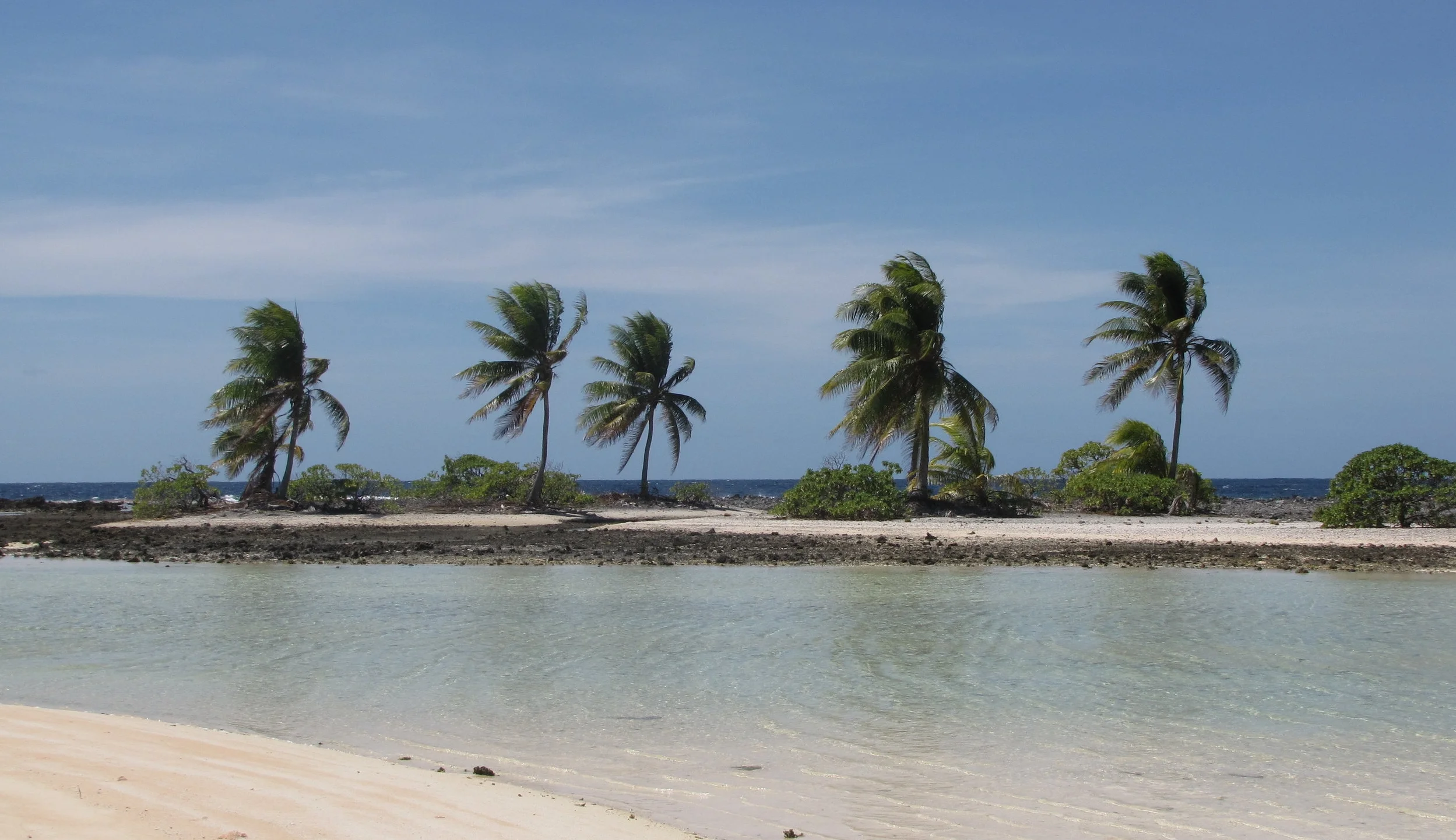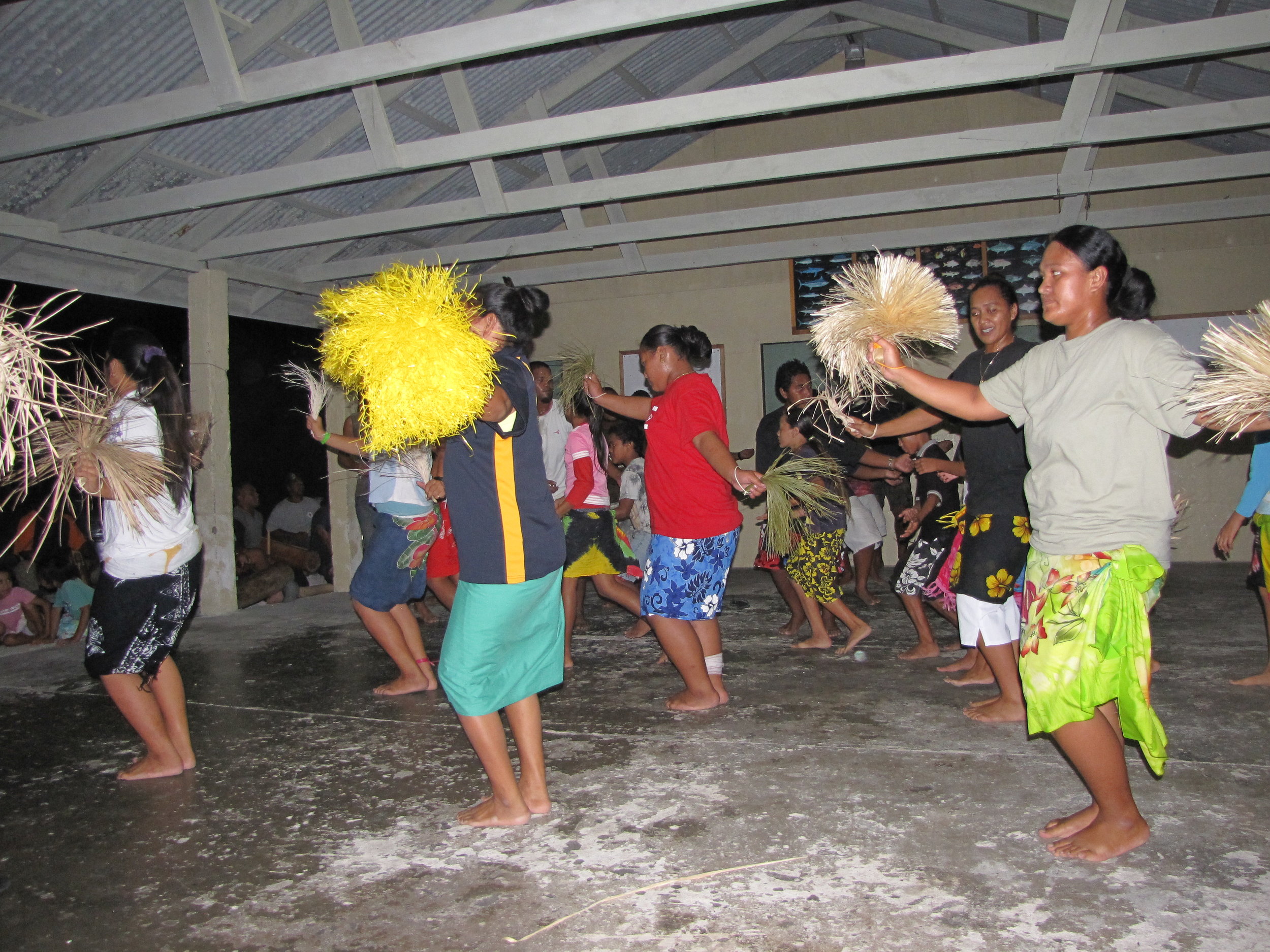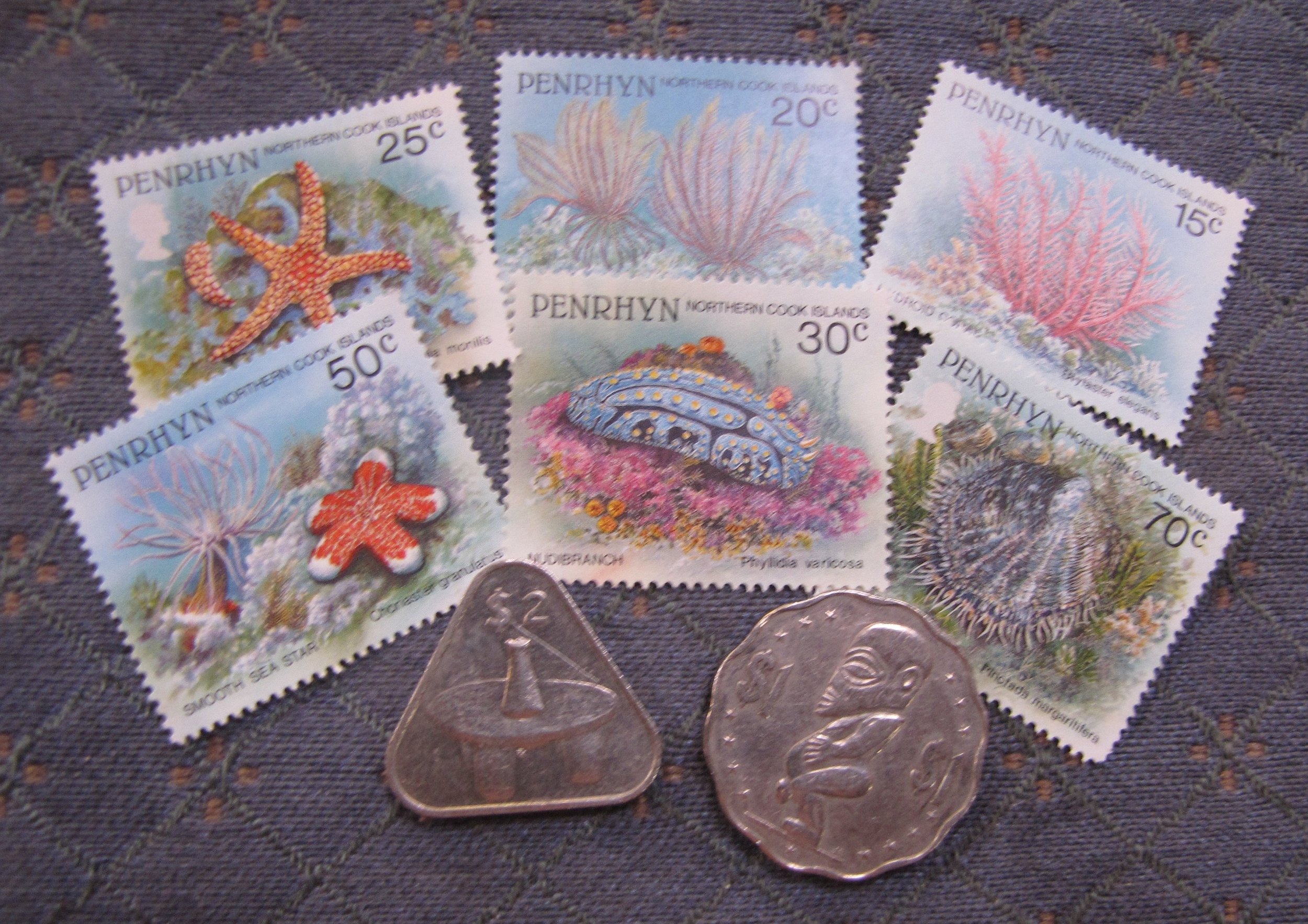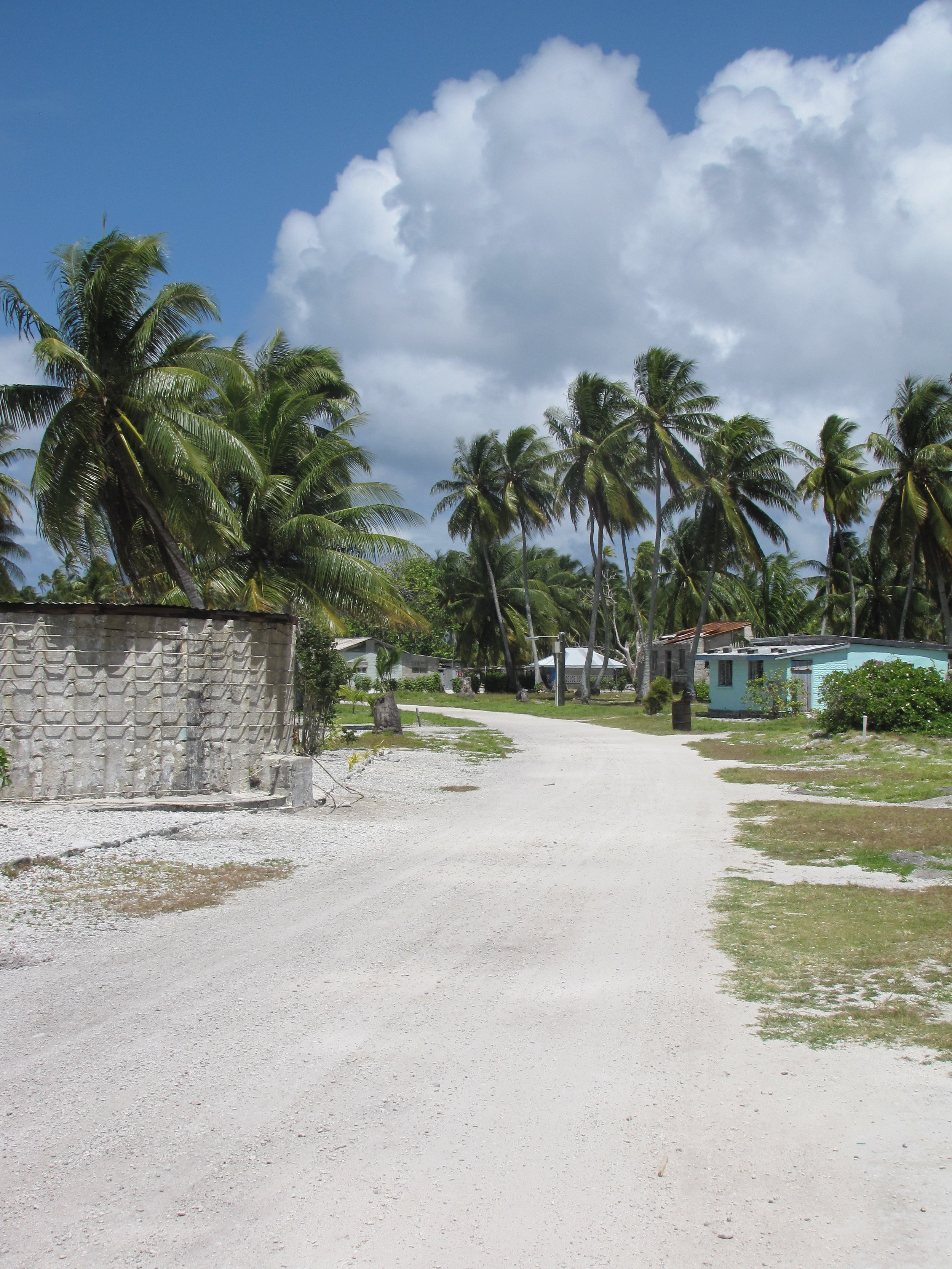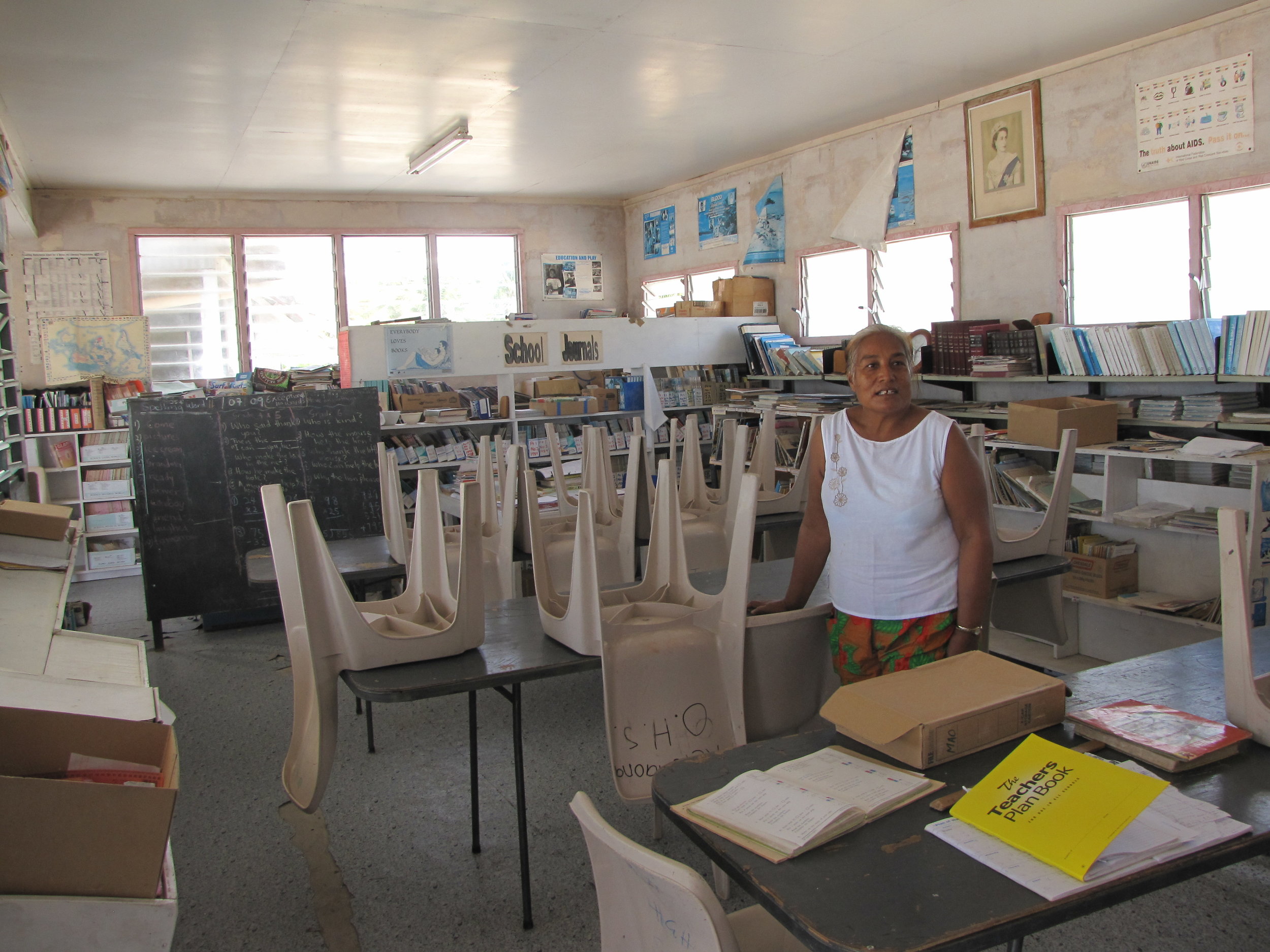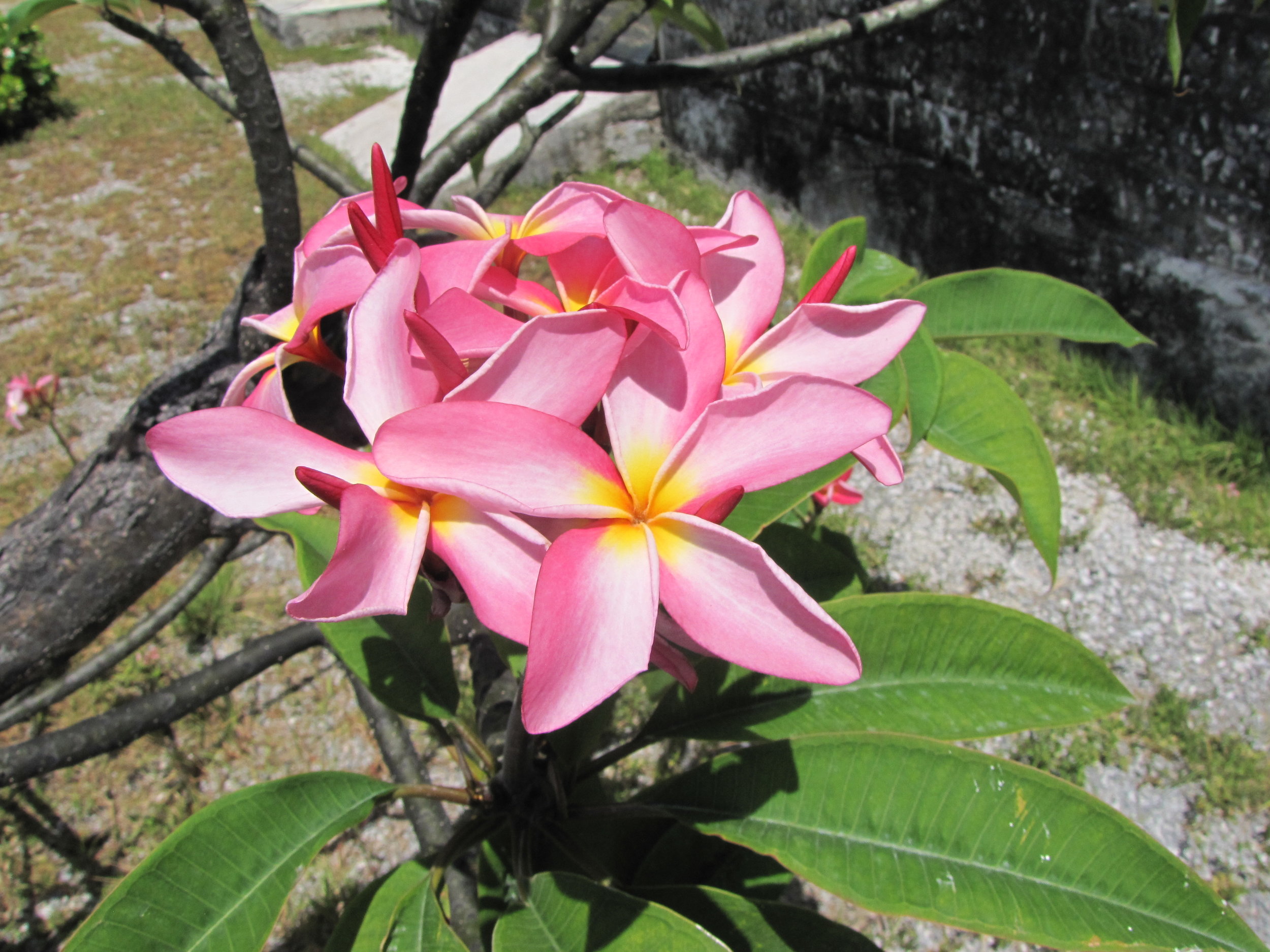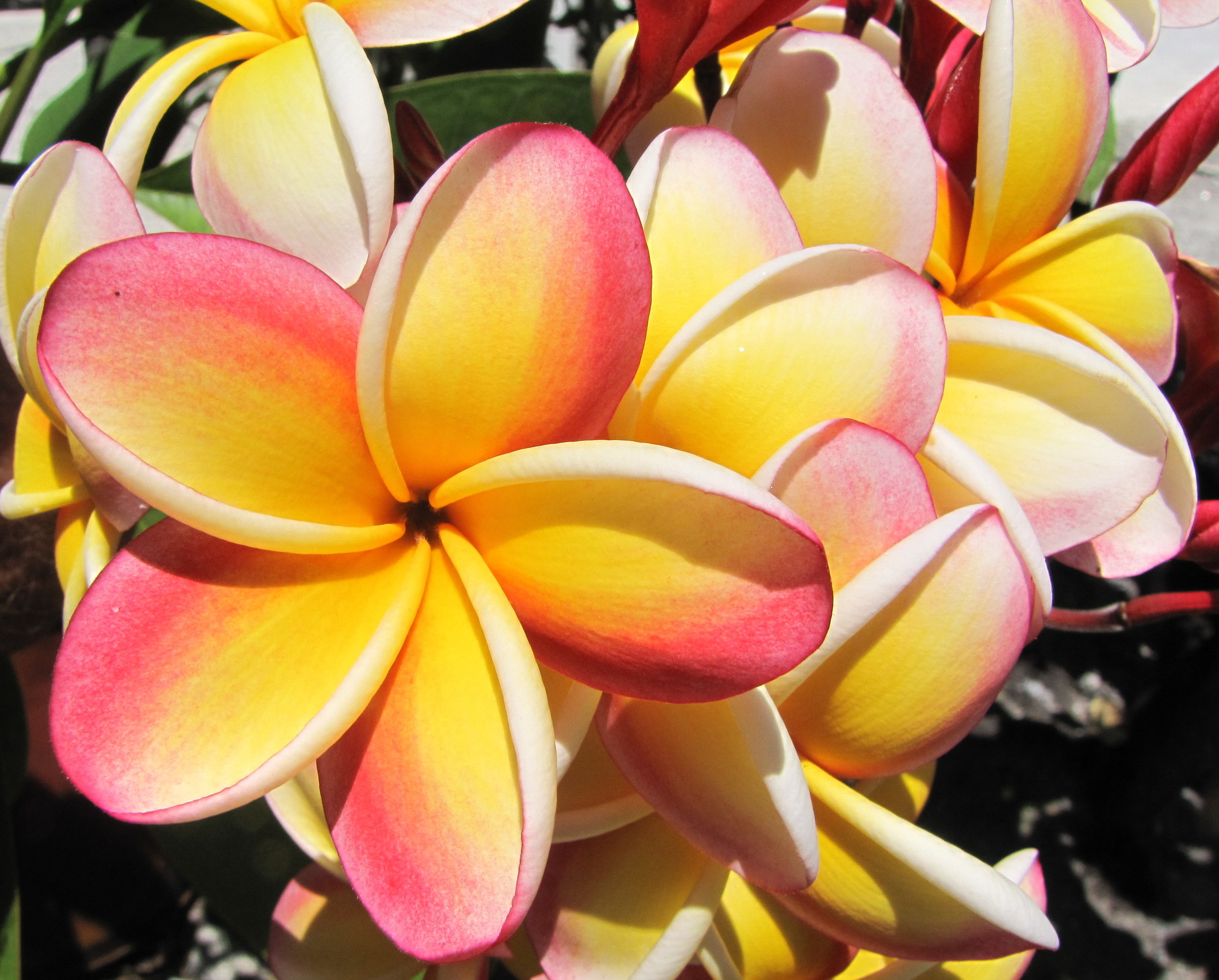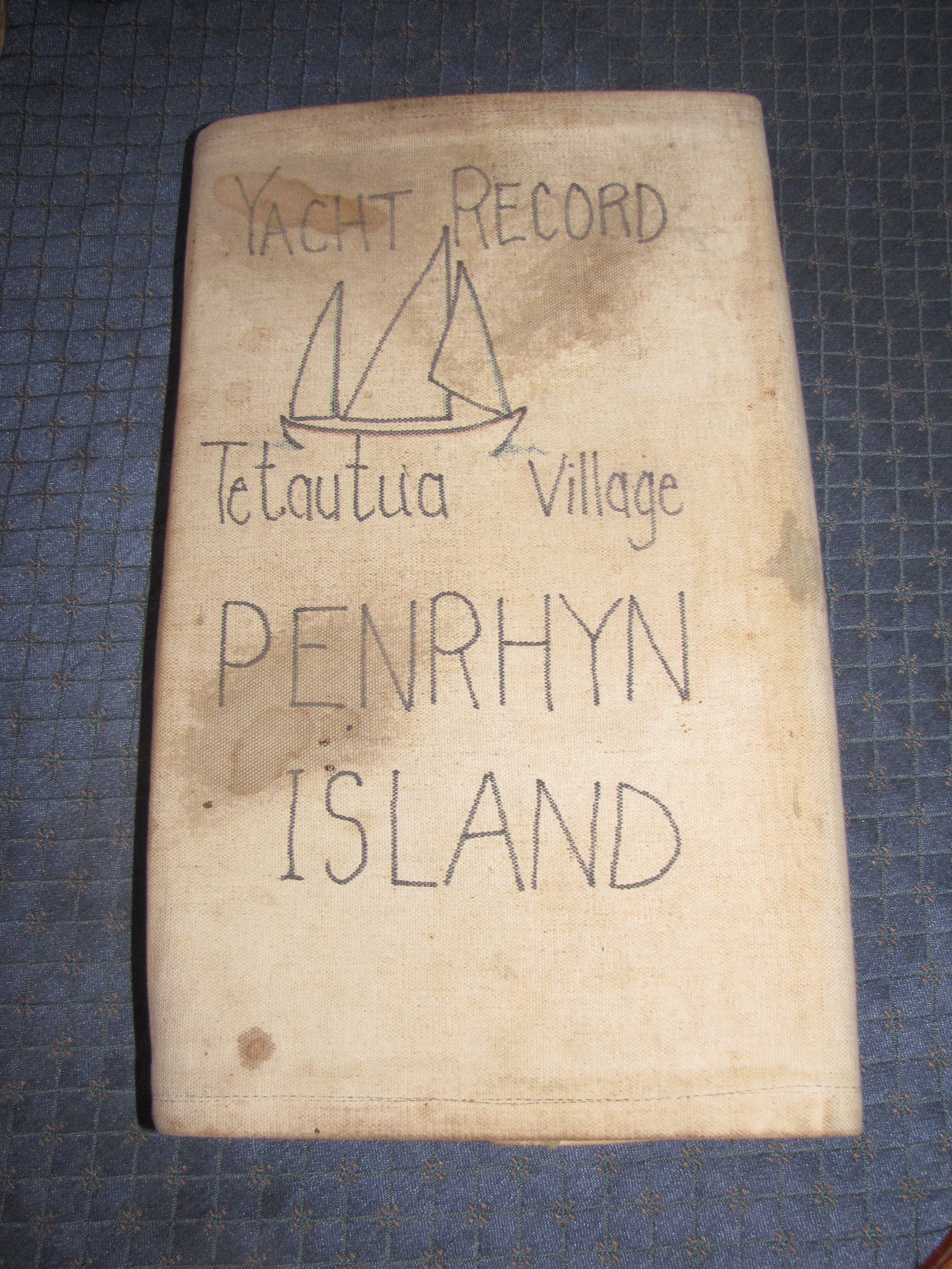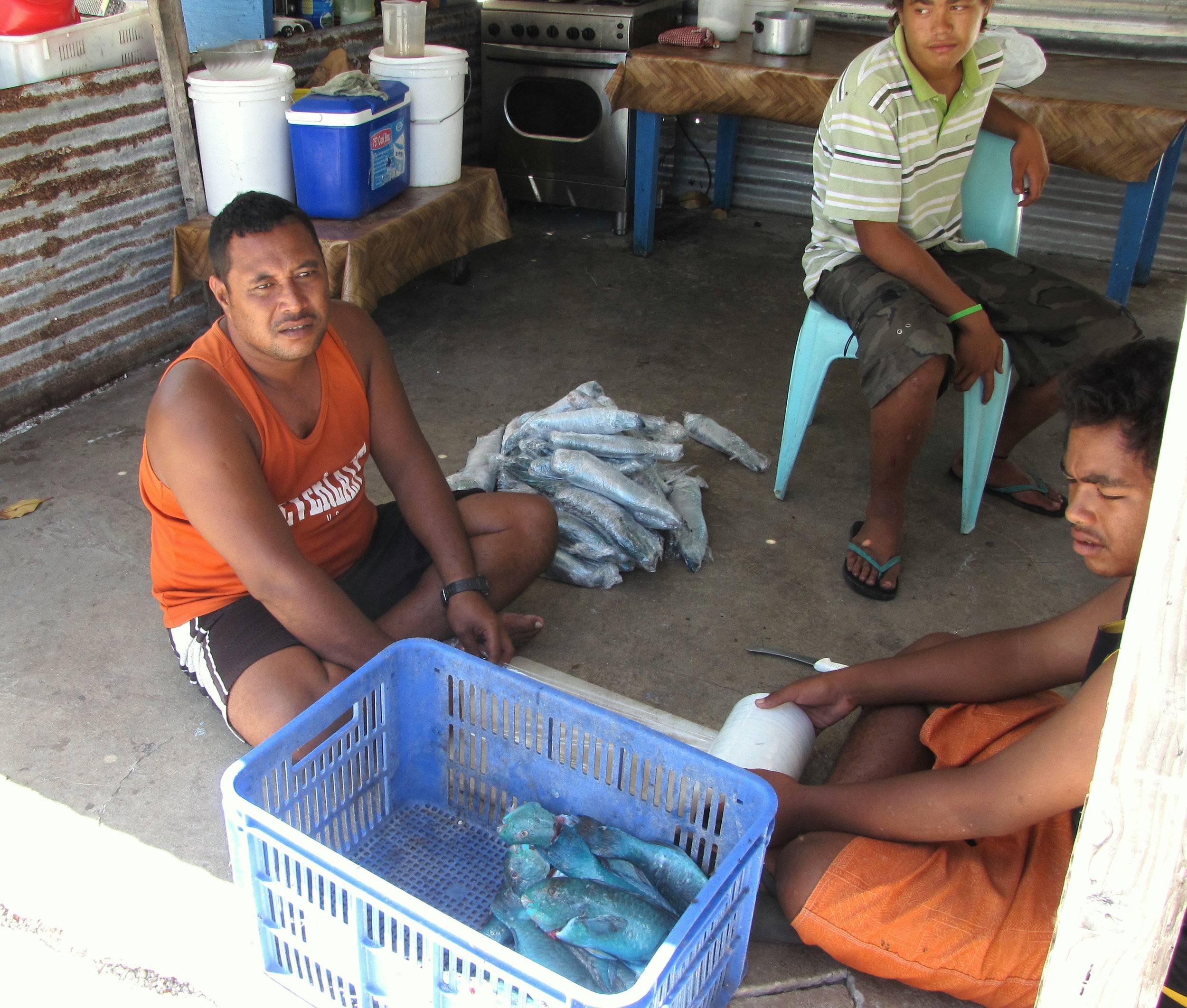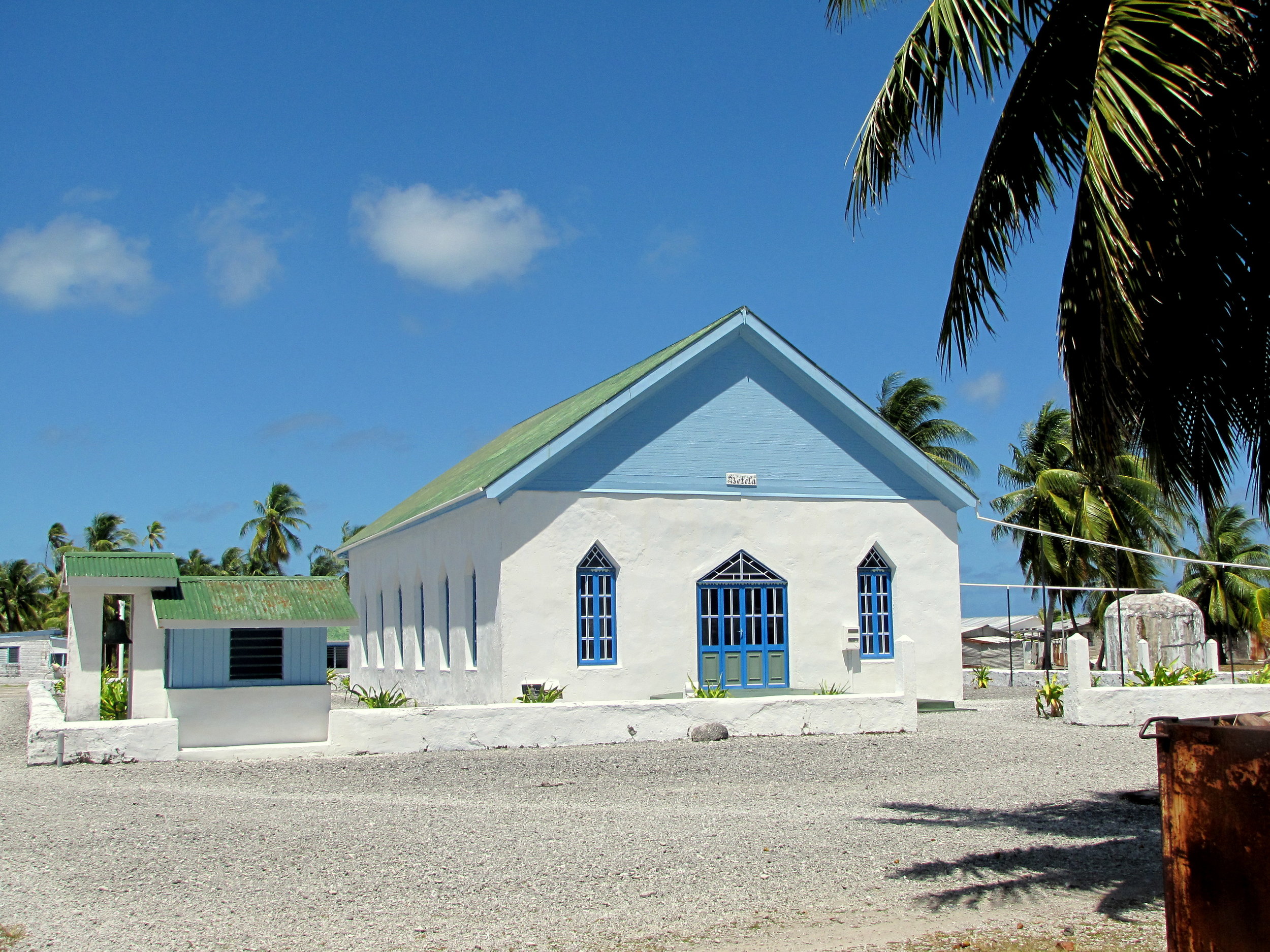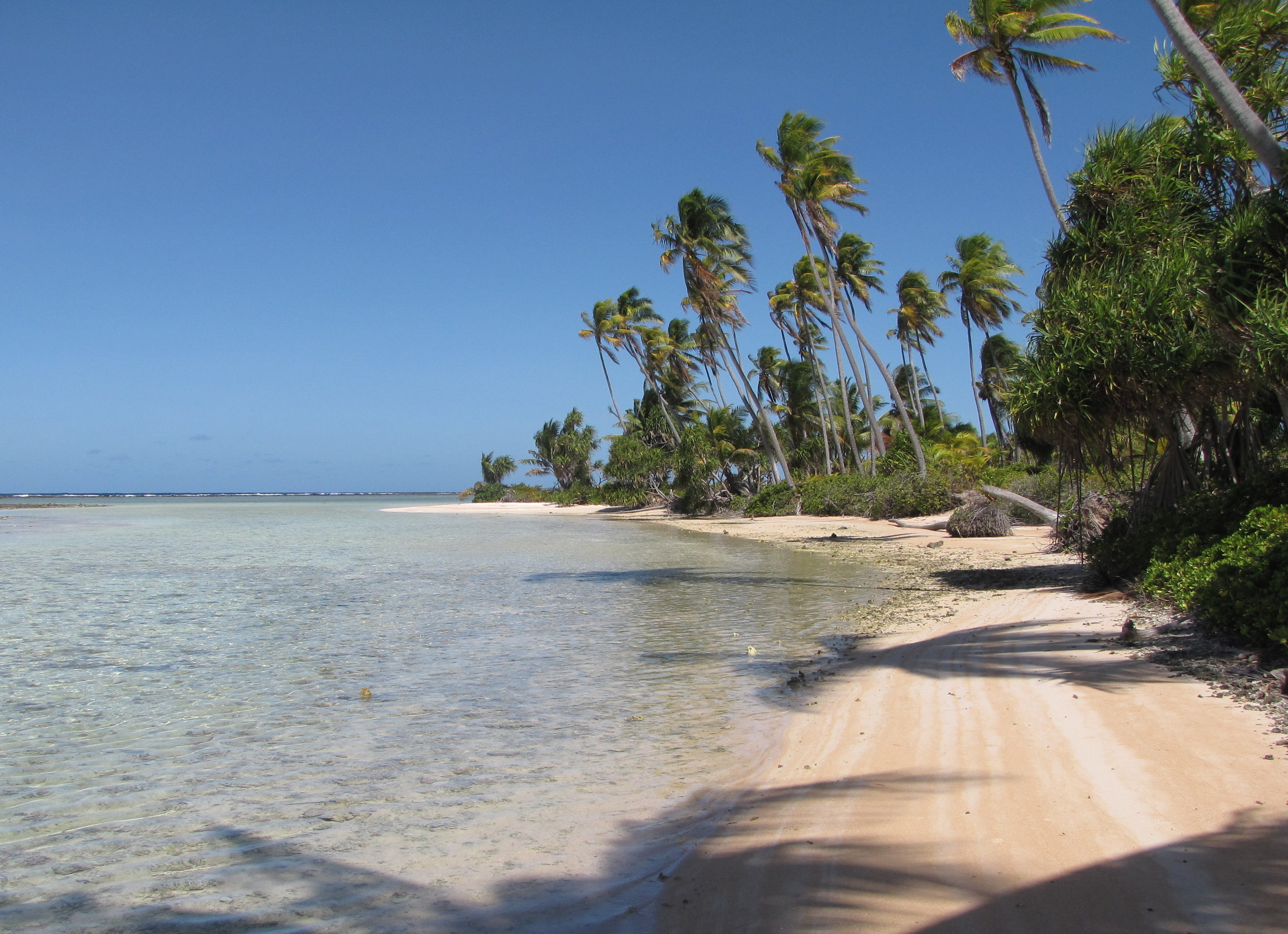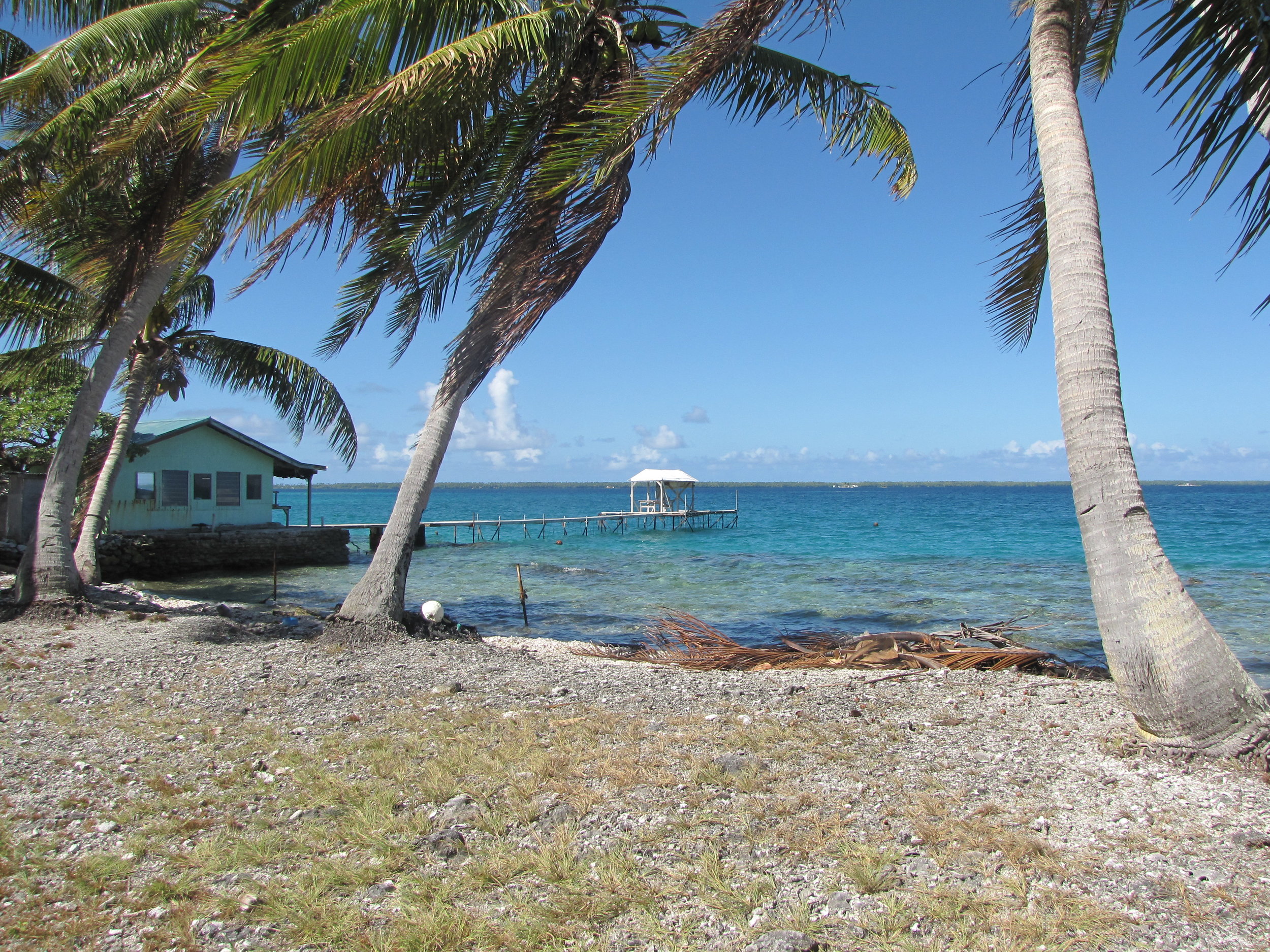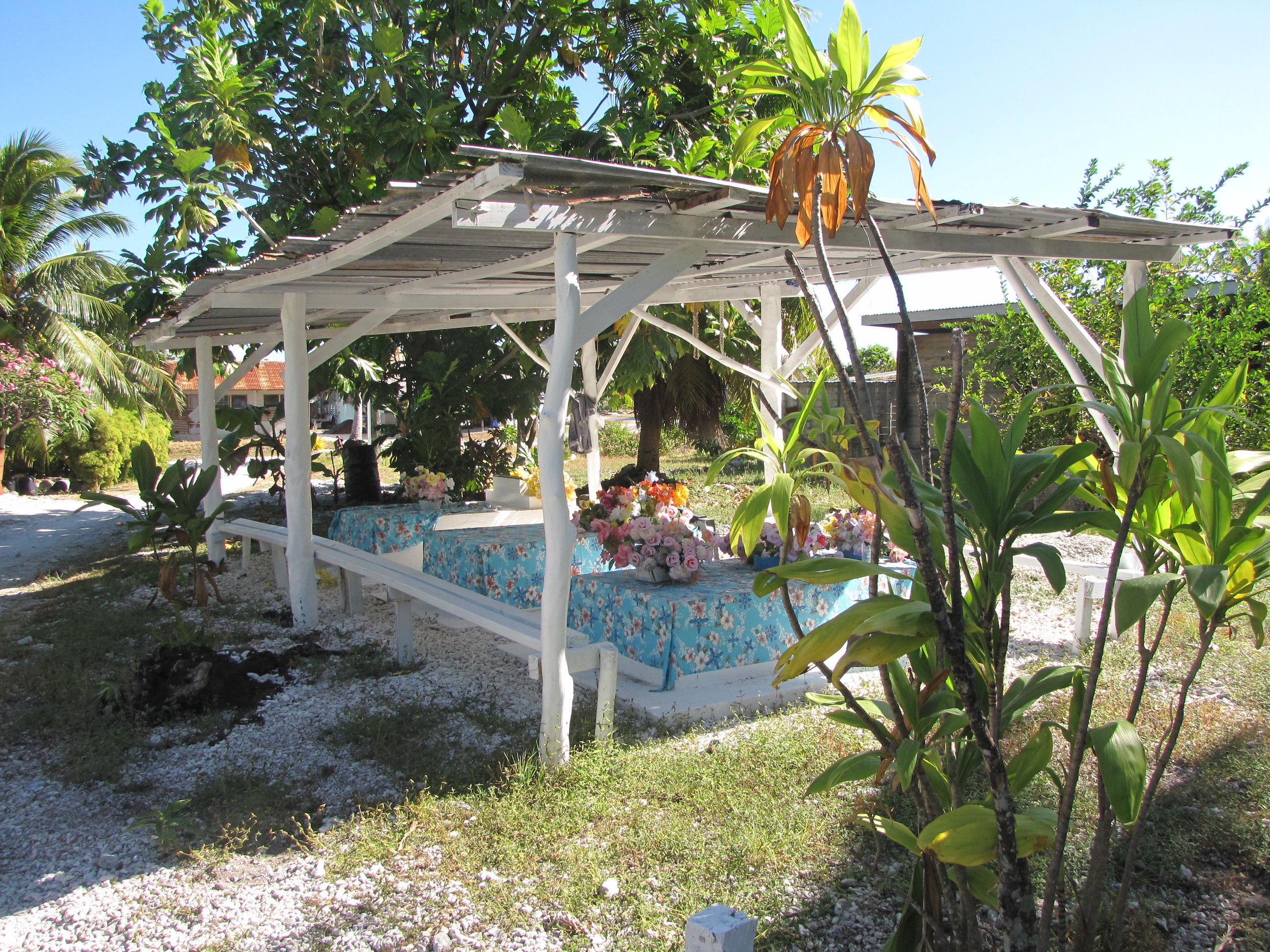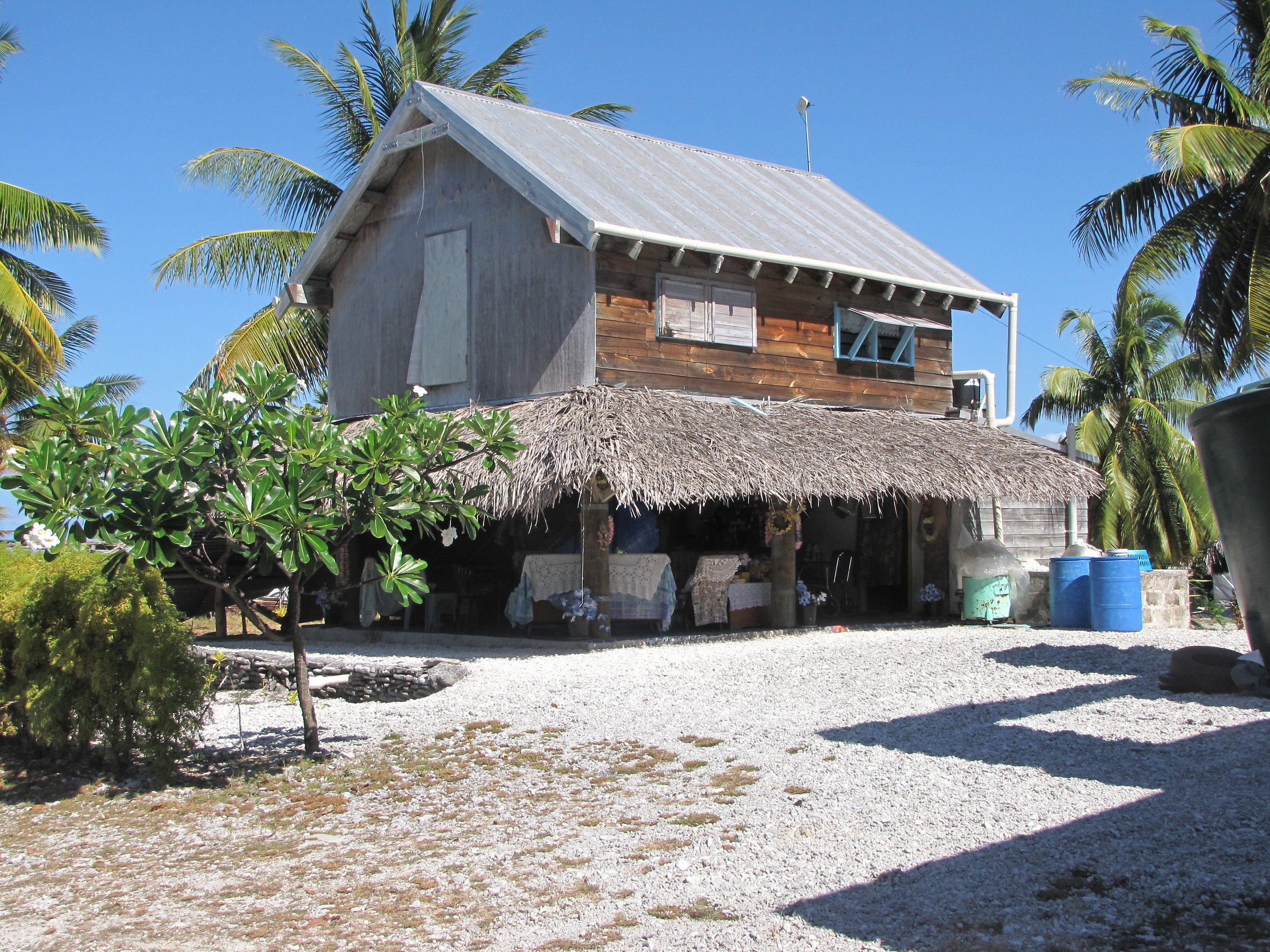Kia Orana ... Welcome to the Cook Islands
Named after Captain Cook, who first sighted them in 1770, the Cook Islands nation is comprised of 15 islands. The six northern Cook Islands are sparsely populated coral atolls which have formed atop ancient sunken volcanoes. Kia Orana is Cook Island Maori for "hello".
Cook Islands Facts:
Capital: Avarua (on the island of Raratonga)
Area: ~91 sq miles (about 1.3x the size of Washington, DC)
Population: 21,388 (est 2006)
Currency: New Zealand Dollar, but they have their own currency, too
Time: -10 GMT
Lowest point: Pacific Ocean (sea level)
Highest point: Te Manga ~1434 ' above sea level
Languages: English (official); Maori
Guides: Lonely Planet South Pacific, Charlie's Charts, Mr John VI - The Dangerous Middle
The Cook Islands is a self-governing parliamentary democracy in free association with New Zealand. Cook Islands is fully responsible for internal affairs; New Zealand retains responsibility for external affairs and defense, in consultation with the Cook Islands government.
Penrhyn
Population: ~240 (190-Omoka; 50 TeTautua)
Area: ~3.8 sq mi
The village of Omoka is an official Port of Entry for the Cook Islands.
Also known by its traditional Maori name of
Tongareva, meaning "Tonga, floating in space", it is
the northernmost of the Cook Islands. Its most
common name, Penryhn was named after the "Lady
Penrhyn" commanded by Captain William Cropton
Lever who landed on August 8, 1788.
Omoka
Four days after departing Bora Bora, we sailed through Taruia Pass and headed to the anchorage off the little village of Omoka. We were instantly impressed with the beauty of place, but our thoughts of being "off the beaten path" were dashed when we found five other boats at anchor here.
Nine of Cups anchored off the tiny village of Omoka at Penrhyn atoll, cook islands
Immediately inside the lagoon, the water shimmered in shades of green, blue, turquoise and aquamarine. A small coral and rock breakwater provided a good place to tie up the dinghy. Check-in was easy and the official was most friendly. The first night we arrived, there was a dance rehearsal and we were invited to attend.
After a night of camaraderie at the dance, we spent the next day reconnoitering the town. The other boats checked out and we were left alone in the anchorage. The Cook Islands bank does not change foreign currency, but luckily we met a storekeeper who did, giving us distinctive island currency in exchange.
The streets and paths are lined with tiare and frangipani. Walking along, you can't help but notice the glorious flowers and appreciate their rich perfume hanging in the air. White tropic birds and frigates soar gracefully above. Nature at its most beautiful.
Te Tautua
A few days later, we motored the seven miles across the lagoon to Te Tautua, David at the helm, Marcie standing barefoot on the bow rails watching for coral heads. A smaller village, there are no vehicles in Te Tautua and only about 50 people, all related in some way, shape or form.
From our log ... A few words about trading in Penrhyn
The people are SO friendly and are such good traders that the boat would be stripped if we gave them all they asked for. They're like
the Kunas of Panama, except they speak English. They descend upon you as soon as you're anchored (and that includes the officials).
They really don't want anything for free, it's primarily trade, (though they'd never turn down a freebie), but sometimes we weren't
interested in what they had to trade even though they thought that their trade items were to "die for". How do you tell people who are
your hosts that you don't want what they have to offer? An example in Te Tautua, one fellow came aboard with his Mom (she's about
70) and 3 other family members when we first arrived asking if we wanted to trade. Having just traded with another fellow who had
beaten them to the boat and was still aboard (and we knew we had gotten the lesser end of the deal), we decided we'd say "yes" but
not today ... we'd take the dinghy to the beach the next day and see them then. We wanted to regroup and figure out a better trading
strategy. Before 9am the next morning, they were back out and climbing aboard the boat ready to trade. "Do you have sun glasses?
Rito palm fan
Finally, we had no more to trade, but the questions of "Do you have...?" continued until we left. They are very, very cautious of who is trading for what and for how much and always say, "Don't tell anyone what we traded or what we got". A little competition between families.
The best items for trade, by the way, were "rito palm" hats and fans (the hats are hard to trade for, but it's possible), carved shell jewelry, shells
and natural pearls (white and yellow) ... and of course, local lobster.
Cook Islands trade booty
It's like a scavenger hunt on the boat figuring out if you have what they're asking for, if you want to part with it and then figuring out
where in the heck it might be because if you're willing to part with it and you don't use it, it's probably stowed away somewhere. So
now having dug everything out, it's all laying in the cockpit or on the saloon floor and they dig out some polished shells and a couple of
natural pearls and say..."okay, fair trade?". We say, "NO!!!" (but in a nice way, of course). They dig out one more pearl and one more
shell. "Now, okay? Do you have any perfume?" It just goes on and on. Eventually they wear you down and you say "Okay" and hope
they'll leave soon. But, of course, they say "Do you have any ....?" and it starts all over again. It's like the child's card game of Go Fish.
Lobsters are always a welcome trade item aboard Nine of Cups!
“In the 14th century, Rarotongan explorers left from the Cook Islands in canoes to settle in New Zealand and are the ancestors of the present day Maori.”
Manihiki Atoll - Tauhunu Village
Population: 660
Area: ~2.1 sq miles
We sailed about 220 nm and arrived at the anchorage at Manihiki off Tauhunu village early one morning. It was a warm, sunny day. The anchorage was calm and peaceful and we were all alone. A ship had passed during the night and we surmised it was the supply ship heading to Penrhyn. Activity ashore confirmed this was correct. Manihiki is definitely a more affluent and modern island with larger buildings, tractors and backhoes to move equipment and supplies. In 1997, the island took a direct hit from Cyclone Martin resulting in the loss of 19 lives and devastation of most buildings. The larger houses and newer buildings attest to the fact that many structures have been rebuilt.
Our visit here was cut short by a change in weather. Since the anchorage is an open roadstead, we opted to leave after only one visit to shore which was disappointing, but prudent. The sail from Manihiki to Suwarrow Atoll should have been an easy two days, however it didn't turn out that way.

